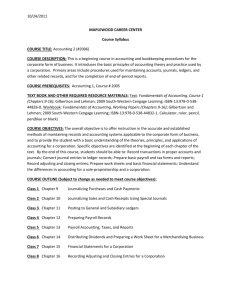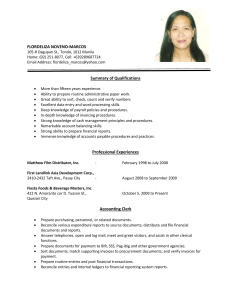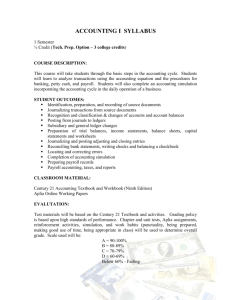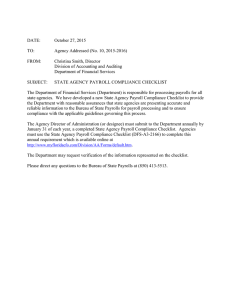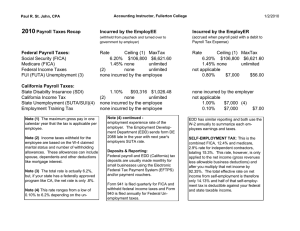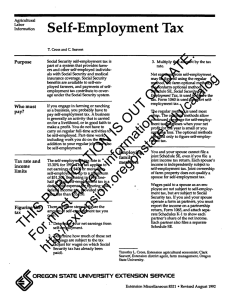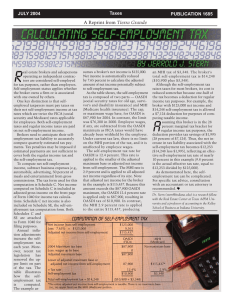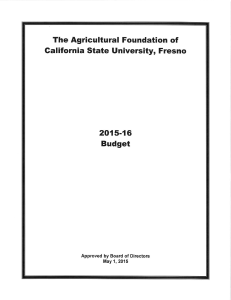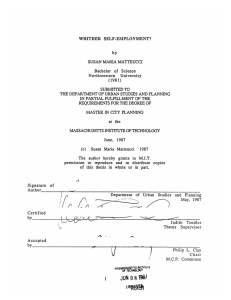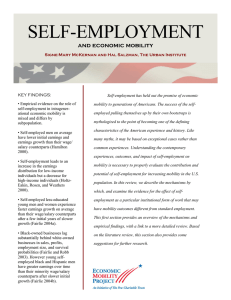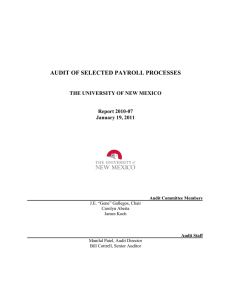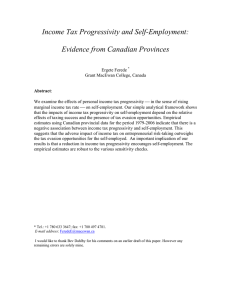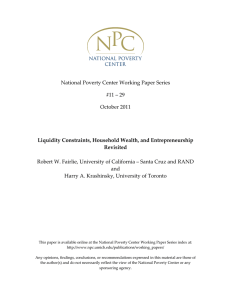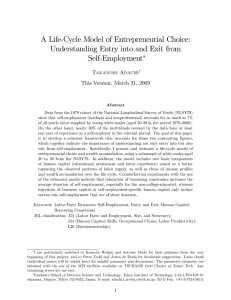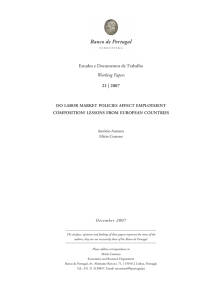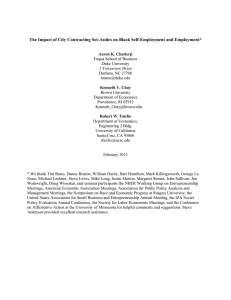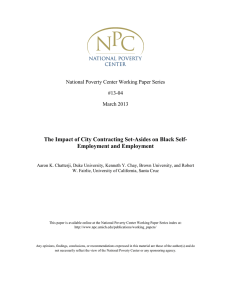NOVA COLLEGE-WIDE COURSE CONTENT SUMMARY ACC 220
advertisement
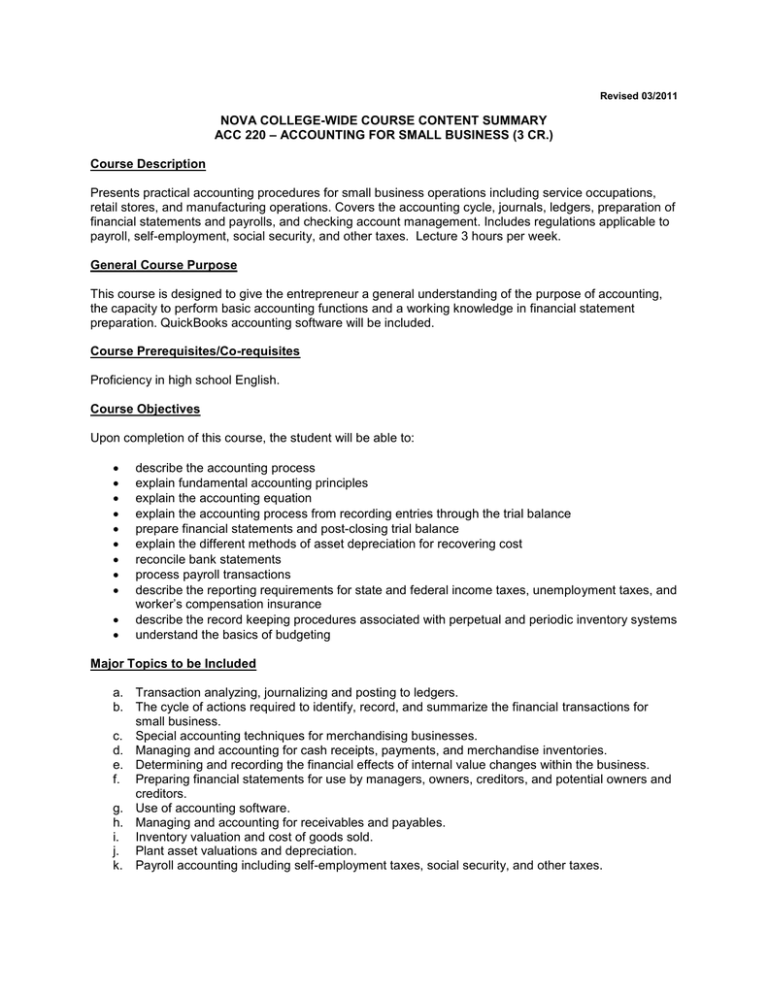
Revised 03/2011 NOVA COLLEGE-WIDE COURSE CONTENT SUMMARY ACC 220 – ACCOUNTING FOR SMALL BUSINESS (3 CR.) Course Description Presents practical accounting procedures for small business operations including service occupations, retail stores, and manufacturing operations. Covers the accounting cycle, journals, ledgers, preparation of financial statements and payrolls, and checking account management. Includes regulations applicable to payroll, self-employment, social security, and other taxes. Lecture 3 hours per week. General Course Purpose This course is designed to give the entrepreneur a general understanding of the purpose of accounting, the capacity to perform basic accounting functions and a working knowledge in financial statement preparation. QuickBooks accounting software will be included. Course Prerequisites/Co-requisites Proficiency in high school English. Course Objectives Upon completion of this course, the student will be able to: describe the accounting process explain fundamental accounting principles explain the accounting equation explain the accounting process from recording entries through the trial balance prepare financial statements and post-closing trial balance explain the different methods of asset depreciation for recovering cost reconcile bank statements process payroll transactions describe the reporting requirements for state and federal income taxes, unemployment taxes, and worker’s compensation insurance describe the record keeping procedures associated with perpetual and periodic inventory systems understand the basics of budgeting Major Topics to be Included a. Transaction analyzing, journalizing and posting to ledgers. b. The cycle of actions required to identify, record, and summarize the financial transactions for small business. c. Special accounting techniques for merchandising businesses. d. Managing and accounting for cash receipts, payments, and merchandise inventories. e. Determining and recording the financial effects of internal value changes within the business. f. Preparing financial statements for use by managers, owners, creditors, and potential owners and creditors. g. Use of accounting software. h. Managing and accounting for receivables and payables. i. Inventory valuation and cost of goods sold. j. Plant asset valuations and depreciation. k. Payroll accounting including self-employment taxes, social security, and other taxes.

